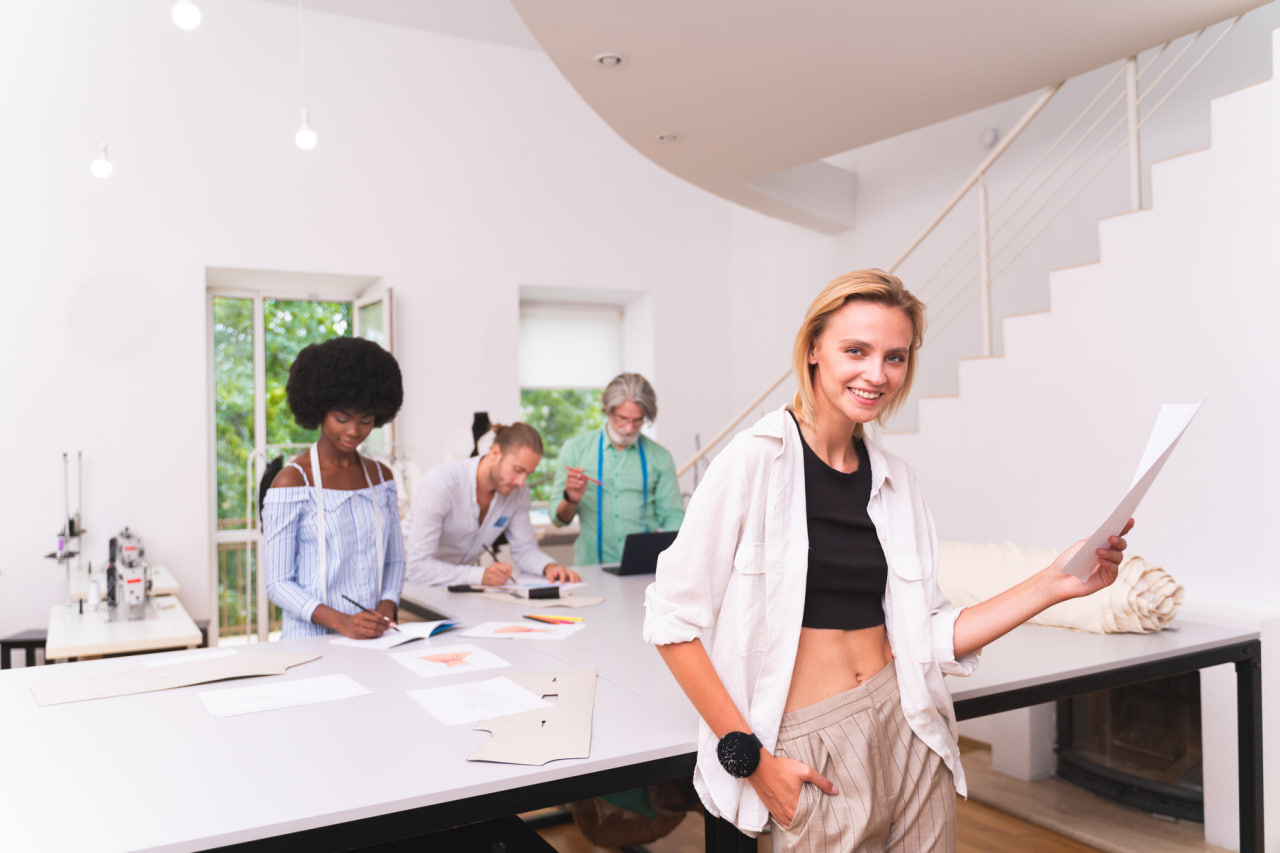Essential Gear for Interior Photographers: From Cameras to Tripods
Choosing the Right Camera for Interior Photography
Selecting the ideal camera is the first step toward capturing stunning interior images. While many cameras can work, DSLR and mirrorless models are preferred for their versatility, image quality, and interchangeable lenses. A camera with a full-frame sensor often delivers better low-light performance and dynamic range, which are crucial when working in interiors where lighting can be challenging. Additionally, cameras that allow manual control over exposure settings give photographers the flexibility to adapt to varied lighting conditions and creatively compose their shots.
The Importance of Wide-Angle Lenses
Wide-angle lenses are a staple in interior photography because they allow you to capture more of the room in a single frame, which is essential for showcasing space and design. Typical focal lengths range from 14mm to 24mm on full-frame cameras, or 10mm to 18mm on crop sensors. However, caution is necessary to avoid distortion—especially at the edges of the frame—which can make walls appear curved or objects stretched. Using quality wide-angle lenses and practicing careful composition helps maintain the integrity of the space while maximizing the field of view.
Tripods: Stability and Precision
A sturdy tripod is indispensable for interior photographers. Since many interior shots require longer exposure times due to lower light, hand-holding the camera can result in blurry images. Tripods provide the necessary stability, enabling sharp, crisp photos even in dimly lit environments. They also allow for precise framing and composition adjustments, which are vital when working with architectural lines and symmetrical designs. Investing in a tripod with adjustable height and a smooth ball head will improve both versatility and ease of use.
Remote Shutter Releases and Timers
To further reduce camera shake, remote shutter releases or the camera’s built-in timer functions are essential accessories. By triggering the shutter without physically touching the camera, you avoid vibrations that can blur the image. Wireless remote controls offer convenience and flexibility, especially when working in tight spaces or on a tripod.
Lighting Equipment for Controlled Illumination
While natural light is ideal, interior photographers often need additional lighting tools to achieve the perfect ambiance. Portable LED panels, external flashes, and softboxes can supplement ambient light, filling in shadows and highlighting architectural details. These tools also enable photographers to control color temperature and intensity, balancing mixed light sources for a harmonious look. Light modifiers like reflectors and diffusers help soften and direct light for a more natural effect.
Polarizing Filters for Reducing Reflections
Interiors often feature reflective surfaces such as windows, mirrors, and polished furniture, which can cause distracting glare in photographs. Polarizing filters are invaluable for minimizing these reflections and enhancing color saturation. By rotating the filter, photographers can control the degree of polarization, improving image clarity and making details pop.
Memory Cards and Batteries: Never Miss a Shot
Interior photography sessions can be long and detail-intensive, so having reliable, high-capacity memory cards is crucial to avoid running out of storage. Additionally, extra camera batteries ensure you can keep shooting without interruptions, especially during extended shoots or when working on location. Preparing backup equipment is a professional habit that helps maintain workflow and reduces stress.
Post-Processing Software and Hardware
Capturing the image is just the beginning. Editing software like Adobe Lightroom and Photoshop are essential tools for enhancing interior photographs. These programs allow photographers to adjust exposure, correct colors, remove distractions, and sharpen details to produce polished, professional results. A calibrated monitor and a powerful computer ensure accurate color representation and smooth editing performance.

